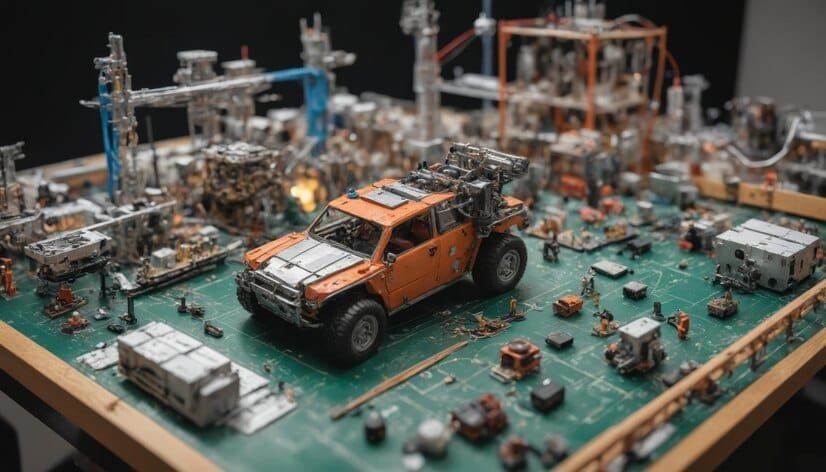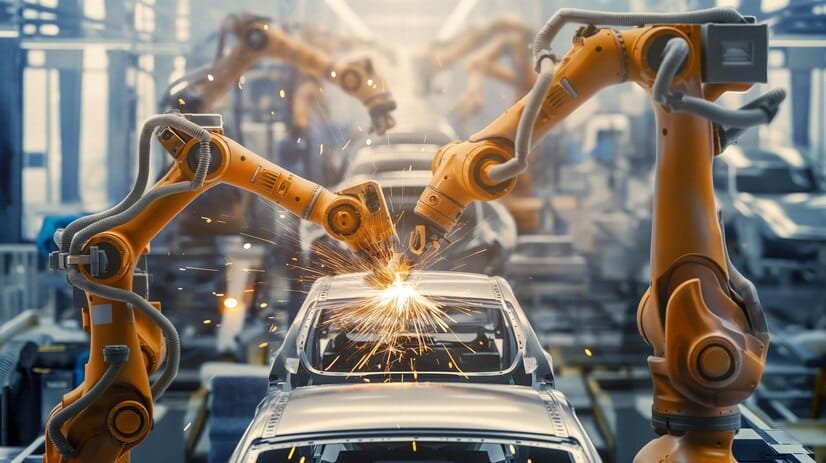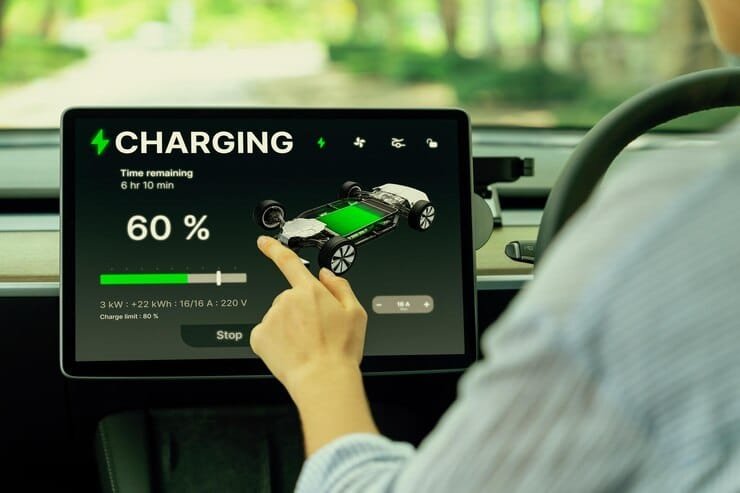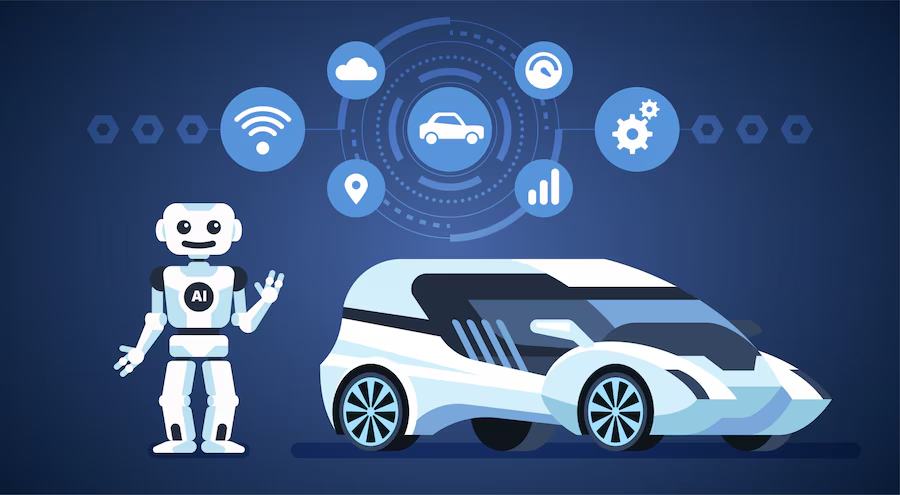The automotive industry is undergoing a radical transformation, driven by the relentless march of electrification. No longer a niche market, electric vehicles (EVs) are rapidly gaining traction, forcing established automakers to rethink their entire supply chain and manufacturing processes. This seismic shift is fundamentally reshaped by the critical role of electrical components, which are rapidly evolving in complexity and sophistication. While internal combustion engines once dominated the automotive landscape, their place is now being usurped by intricate networks of batteries, power electronics, sensors, and control units.

This blog post, “Electric Shock to Automakers: How Components are Reshaping the Industry,” examines the profound impact of this component-driven revolution. We analyze the strengths and weaknesses of the current landscape, focusing on the challenges and opportunities presented by this technological upheaval. The increasing reliance on sophisticated battery management systems (BMS), for example, highlights the need for robust quality control and efficient thermal management to ensure vehicle safety and longevity. Simultaneously, the proliferation of advanced driver-assistance systems (ADAS) necessitates a dramatic increase in sensor integration and data processing capabilities, pushing the boundaries of semiconductor technology and software engineering.
However, this transition isn’t without its hurdles. The current supply chain struggles to meet the surging demand for critical components, leading to production bottlenecks and delays. Moreover, the higher complexity of EV architectures presents significant challenges in terms of cost, reliability, and repair. Furthermore, the ethical sourcing of raw materials, especially those essential for battery production, remains a crucial concern demanding industry-wide attention. This analysis will provide a balanced perspective, exploring the innovative solutions emerging to address these obstacles and ultimately offer a critical evaluation of the future of automotive component manufacturing in the age of electrification.

Outlook & Summary: The Electrification Revolution in Automotive Parts
The automotive industry is undergoing a seismic shift, driven by the rapid electrification of vehicles. This transition presents both immense opportunities and significant challenges for manufacturers of automotive parts, particularly those specializing in electrical components. Over the next 5-10 years, we can expect explosive growth in the demand for batteries, electric motors, power electronics, and associated software. This will outpace growth in traditional mechanical components, fundamentally altering the landscape of the automotive parts manufacturing sector.
Strengths lie in the vast potential for innovation and market expansion. The complexity of EV powertrains creates numerous opportunities for specialized component suppliers to develop cutting-edge technologies, from high-density battery packs to efficient thermal management systems. However, weaknesses exist in the current supply chain’s ability to meet this surge in demand. Raw material sourcing, manufacturing capacity, and skilled labor shortages pose significant bottlenecks. Furthermore, the standardization of components is still evolving, hindering economies of scale and creating complexities for manufacturers. Competition will intensify, forcing companies to prioritize efficiency, vertical integration, and strategic partnerships.
The key takeaway is that the electrical component sector is no longer a supporting player but the driving force of automotive innovation. While traditional mechanical parts will remain important, their relative significance will diminish. Companies that fail to adapt to this rapidly evolving landscape risk obsolescence. Successful players will be those that can master the intricacies of battery technology, power electronics, software integration, and navigate the challenges of a rapidly evolving supply chain.
In conclusion, the electrification of vehicles presents an unprecedented opportunity for growth, but also demands significant adaptation and strategic foresight. Will your company be ready to navigate this complex transformation and capitalize on the opportunities it presents, or will you be left behind?





